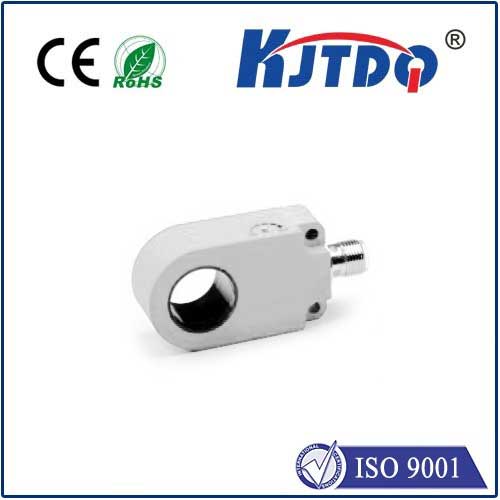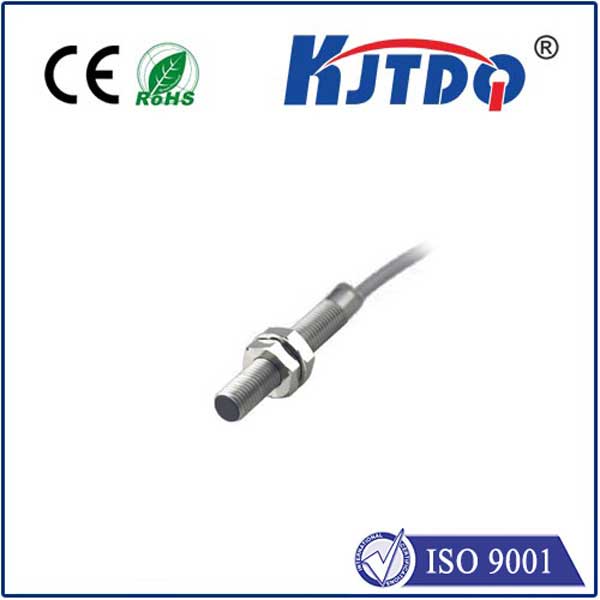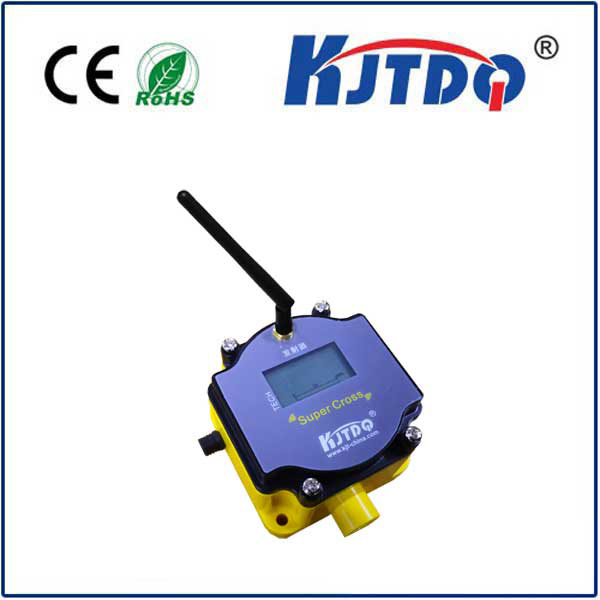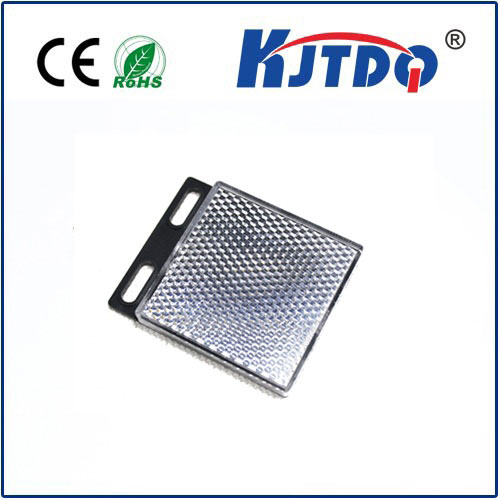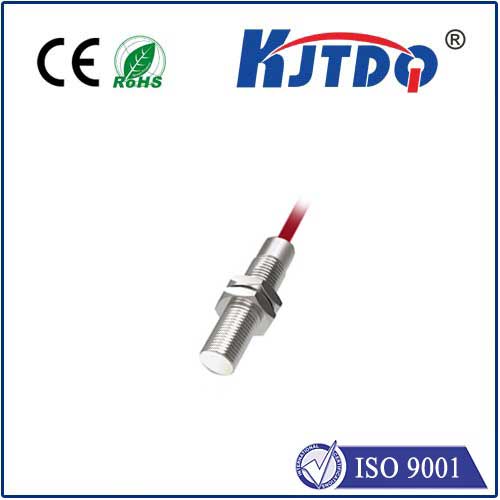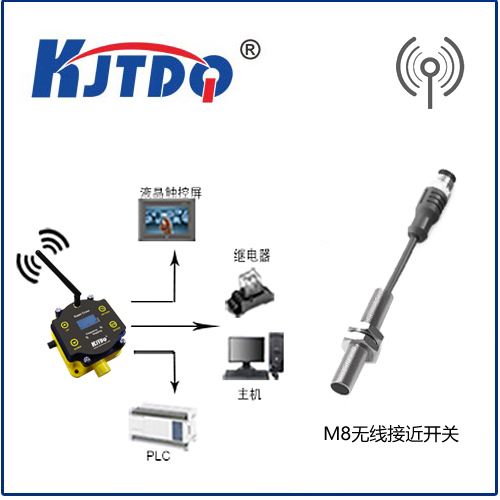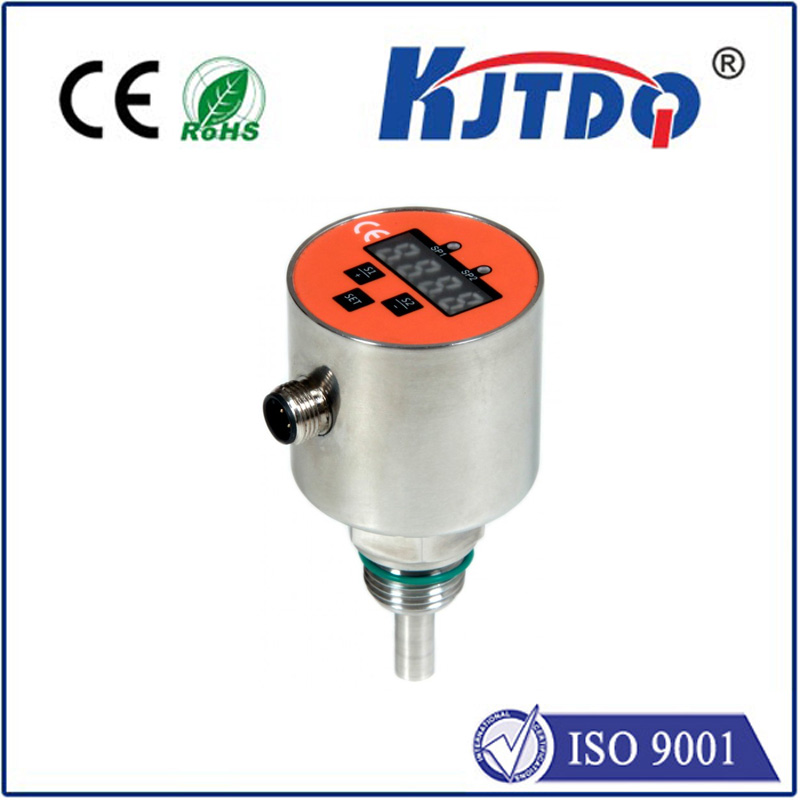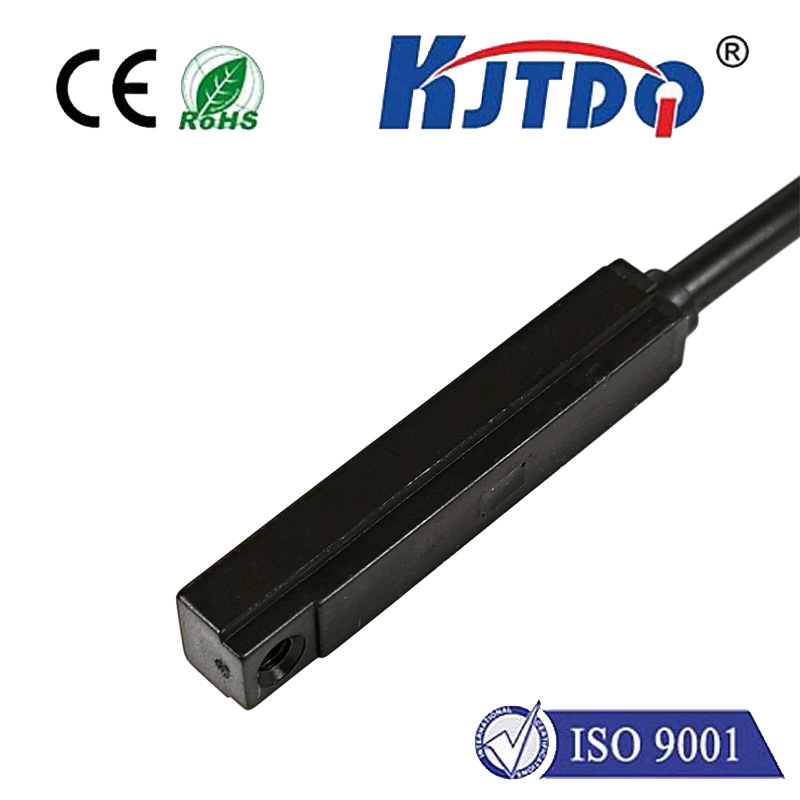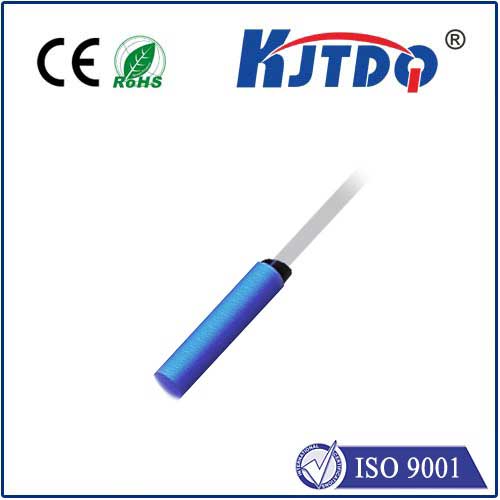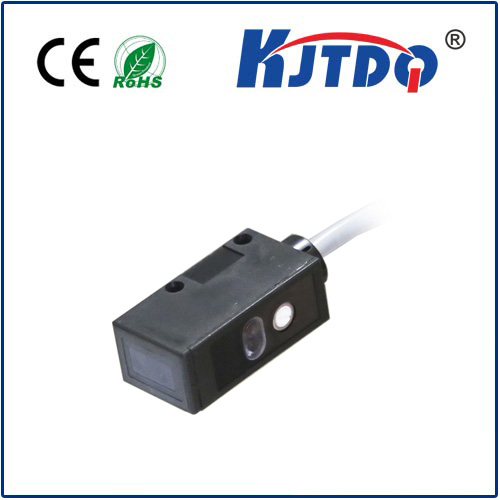
check

check

check

check
Maximizing Your Automation Efficiency: The M8 Inductive Proximity Sensor In the ever-evolving landscape of industrial automation, sensors play a crucial role in ensuring smooth and efficient operation. Among these, the M8 inductive proximity sensor stands out as a versatile and reliable tool. Designed to detect the presence or absence of metallic objects without physical contact, this sensor offers numerous advantages that can significantly enhance your automation processes. Let’s delve into what makes the M8 inductive proximity sensor an indispensable part of modern automation.
At the heart of the M8 inductive proximity sensor is its ability to sense metal targets through electromagnetic fields. When a metallic object enters the sensor’s detection range, it disrupts the sensor’s oscillating circuit, triggering an output signal. This non-contact method provides several benefits over traditional mechanical sensors, including increased durability and longer operational life due to the absence of physical wear and tear. The “M8” designation refers to the sensor’s thread size, making it easy to install in various industrial settings where standardized mounting threads are used. This feature simplifies integration into existing systems and ensures compatibility with a wide range of equipment.
Durability and Reliability: Built to withstand harsh industrial environments, the M8 inductive proximity sensor is resistant to shock, vibration, and extreme temperatures. Its robust construction ensures consistent performance even in challenging conditions.
Versatility: Whether you need to detect small components on a production line or monitor larger equipment, the M8 sensor offers adjustable sensing distances to meet a variety of application needs. It can be tailored to detect ferrous, non-ferrous, or all types of metals.

Ease of Installation: With its standardized M8 threading, installation is straightforward and requires minimal effort. This not only saves time but also reduces the need for specialized tools and expertise during setup.
Longevity: The non-contact nature of the M8 inductive proximity sensor means less mechanical strain and wear. This extends the sensor’s lifespan and reduces maintenance requirements, contributing to cost savings over time.
The M8 inductive proximity sensor finds applications across diverse industries due to its reliability and versatility:
Automotive Manufacturing: Monitoring conveyor belts, detecting parts at various stages of assembly, and ensuring proper alignment of components.
Food and Beverage: Hygienic designs suitable for washdown environments ensure safe operation in food processing facilities.
Machinery and Equipment: Controlling machinery functions based on the presence or absence of metal parts, enhancing efficiency and safety.
Robotics and Automation: Facilitating precise motion control and collision avoidance in automated systems.
As industrial automation continues to advance, sensors like the M8 inductive proximity sensor will play an increasingly vital role. Innovations such as enhanced connectivity, IoT integration, and smarter analytics are set to elevate their capabilities, providing even more value to industries worldwide. In conclusion, the M8 inductive proximity sensor is more than just a simple component; it’s a powerful enabler of efficiency and productivity in modern automation environments. Its durability, versatility, and ease of use make it an ideal choice for any industry seeking to optimize its operations. As technology progresses, expect these sensors to become even more integral to the fabric of automation systems.
